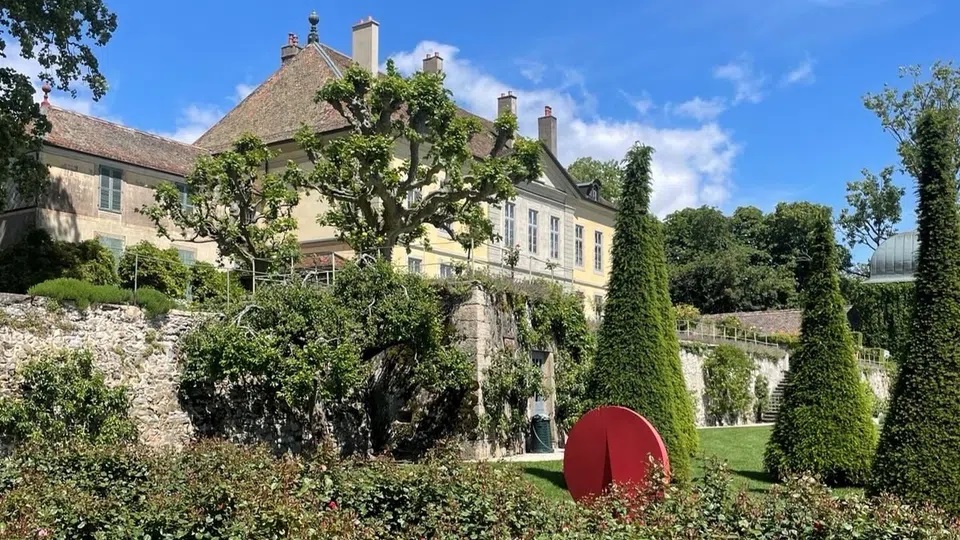The Ranft gorge, where the Melchaa stream flows, attracts a wide variety of people from Switzerland and Europe. Whether devout or not, they find inner peace and pray for outer peace in this region of canton Obwalden. It was here in 1417 that Niklaus von Flüe, the patron saint of Switzerland, was born.
He lived as a hermit in Ranft and has also gone down in history for his work as a peacemaker. The region can also be experienced as a museum destination, with plenty of history, politics and art, inspired by “Bruder Niklaus”. The smallest town in Europe is what Rue in canton Fribourg calls itself.

However, with only 1,588 inhabitants, from a statistical point of view it cannot be considered a city, since in Switzerland the population must be at least 10,000 to have this status. However, a municipality can call itself a city for institutional or historical reasons. A statute dating back to 1260 and concerning the strategically located castle allows Rue to boast its urban status.
Would you like to immerse yourself in the history of everyday life in Ticino away from the usual tourist routes? It’s possible, but it requires a bit of commitment. To be sure that the small but excellent ethnographic museum in Sessa, Malcantone, is open, you have to make an appointment. It is definitely worth the effort.
At the Piccolo Museo in Sessa and Monteggio you can discover what reality was like in these rural regions just a few decades ago. A reality also made up of much poverty, which forced many people to emigrate. Those who remained were able to show their ingenuity and creativity to build tools that are small masterpieces.
You have to climb to an altitude of 1,500 metres above Visp in the Valais to reach Törbel and enter the doors of the Bruno Hosennen Museum. As in the museum in Sessa, here too you plunge into the past and realise how people lived in these remote villages until a few decades ago. A life that Bruno Hosennen, who died in 2010, knew well.
His partner, the painter and children’s book author Helen Güdel, still runs the museum today. His works are exhibited in an adjoining room and another room on the upper floor presents creations by contemporary artists. A dream garden.
Flowers of every colour as far as the eye can see. Enchanted paths, fragrant rose bushes. Robert Bovet, the owner of Vullierens Castle, shares his private gardens with the public.
He also lets guests share his love of art: over 90 sculptures can be found among the irises, roses and lilies. Particularly popular is the gigantic ‘Bingbang’ wind chime by Swiss artist Etienne Krähenbühl. Translated from Italian by DeepL/ts.



















